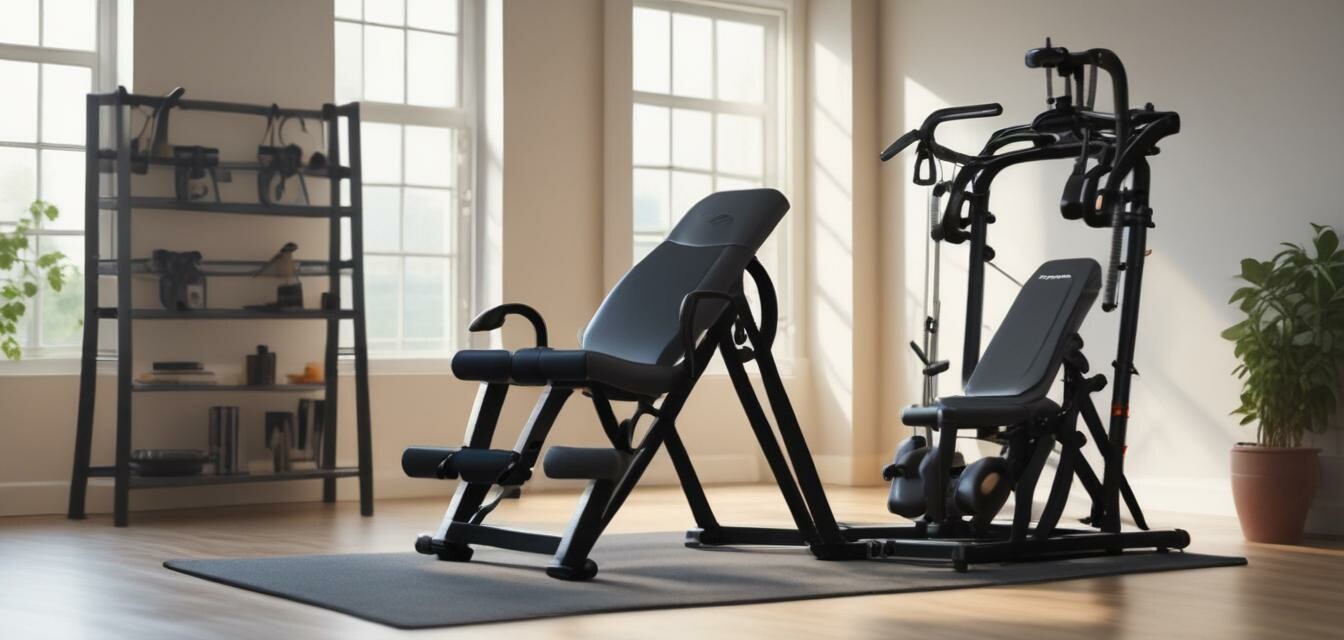
How often should you use your inversion table?
Key Takeaways
- Start with short sessions and gradually increase the duration.
- Use the inversion table 3-5 times a week for best results.
- Listen to your body and adjust frequency based on comfort level.
- Consult with a fitness professional for personalized guidance.
Inversion therapy is a popular method for those looking to relieve tension in their backs, improve flexibility, and enhance their overall fitness regimens. However, many users often wonder, "How often should I use my inversion table?" This article provides recommendations tailored for both beginners and experienced users to help you maximize the benefits of your sessions.
Understanding inversion therapy
Inversion therapy involves hanging upside down or at an inverted angle to apply traction to the spine. This process can help release pressure from the spinal discs and promote relaxation in the back muscles. For a better understanding of the therapy, let’s break down some common queries.
Common questions about inversion therapy
| Question | Answer |
|---|---|
| What is an inversion table? | An inversion table is a device that allows users to hang at an upright angle or fully inverted for stretching and decompression. |
| Who can benefit from using an inversion table? | Individuals experiencing back tension, those looking to improve flexibility, and fitness enthusiasts who want a new workout modality. |
| How long should a single session last? | Begin with 1-2 minutes and increase as your comfort and experience grow. |
Recommended frequency of use
For beginners
If you are new to inversion therapy, it’s essential to ease into it. Here’s a recommended approach:
- Start slow: Utilize the inversion table 1-2 times a week for short sessions.
- Duration: Begin with 1-2 minutes per session and gradually increase the time as you become more comfortable.
- Monitor your body: Pay attention to how your body responds and adjust accordingly.
For experienced users
If you’ve been using an inversion table for a while, your body is likely accustomed to the therapy. Here’s a guideline to optimize your experience:
- Optimal use: Aim for 3-5 sessions per week, depending on your fitness goals.
- Session duration: In each session, you can extend your time to 5-10 minutes.
- Incorporate exercises: Consider incorporating inverted exercises during your sessions for added benefits.
Factors to consider
Your inversion table routine may vary based on several factors:
| Factor | Impact on Usage |
|---|---|
| Your fitness level | Beginners should start slower, while experienced users can handle more frequency. |
| Goals | Whether you're focusing on flexibility, back relief, or general fitness can affect session frequency. |
| Comfort level | Always prioritize your comfort; never push through pain. |
Tips for safe and effective use
Beginner's section
- Ensure the inversion table is properly adjusted to your height.
- Use safety straps and maintain a balanced center of gravity.
- Do not eat a heavy meal before using the inversion table.
- Have a spotter present if possible for added safety.
Signs to stop use
It's essential to be mindful of your body's signals. Stop using the inversion table if you experience:
- Dizziness or nausea
- Severe back pain
- Any discomfort that feels beyond normal
Conclusion
Inversion therapy can be a valuable addition to your fitness routine. Whether you're a beginner or an experienced user, aiming for regular sessions of 3-5 times a week can help you maximize the benefits. Always listen to your body and make adjustments to your routine as necessary. For more tips on effective inversion therapy, check out our other articles on fitness tips, or explore our section on inversion tables to understand the fantastic devices in the market.
Pros
- Relieves tension from the spine
- Improves flexibility and blood circulation
- Enhances overall fitness experience
Cons
- May cause discomfort for some users
- Not suitable for everyone; medical advice should be sought if unsure
- Requires a proper setup and careful use